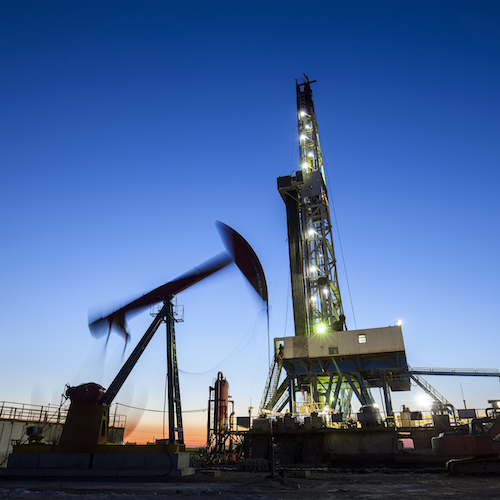
BP PLC (NYSE: BP) reported first-quarter 2018 results before markets opened Tuesday. The oil and gas supermajor posted adjusted diluted earnings per American depositary share (ADS) of $0.78 on revenues of $68.17 billion. In the same period a year ago, the company reported earnings per ADS of $0.46 on revenues of $55.86 billion. Analysts estimated earnings per ADS of $0.68 and revenues of $67.95 billion. One ADS is equal to six ordinary shares.
BP’s adjusted replacement cost profit (essentially the company’s adjusted net income/loss) in the first quarter totaled $2.59 billion, compared with $1.51 billion in the year-ago quarter. Unadjusted BP posted a replacement cost profit of $2.47 billion, $0.72 per ADS, compared with a profit of $1.41 billion and a net profit per ADS of $0.43 in the first quarter of 2017.
The company’s upstream division posted its strongest quarter since the third-quarter of 2014. Unadjusted replacement cost profit totaled $3.16 billion, compared with $1.37 billion in the year-ago quarter. U.S. profit totaled $526 million, compared to $166 million in the first quarter of last year, and non-U.S. profit rose from $1.2 billion to $2.63 billion.
CEO Bob Dudley said:
We have delivered another strong set of results. Our safe and reliable operations and strong financial delivery have continued into 2018. Underlying profit was up 23% on the previous quarter and was our best quarterly result in three years. With rising output from our new major projects and excellent reliability, Upstream production was 9% higher than a year earlier.
Moving through 2018 we’re determined to keep delivering our operational targets and maintaining capital discipline while growing cash flow and returns. Over the longer term, our new lower carbon ambitions, including clear targets for our own emissions, will help ensure that all of BP is also focused on advancing the energy transition.
Daily average hydrocarbons production totaled 2.61 million barrels of oil equivalent, up by 9.1% year over year. That’s the highest total production since the fourth quarter of 2010. BP noted that second-quarter production is expected to be lower as result of seasonal maintenance and the loss of a concession in Abu Dhabi.
BP’s price realizations for liquids rose from $49.87 a barrel in the first quarter of 2017 to $61.40. Natural gas averaged $3.50 per thousand cubic feet in the year-ago quarter, compared to $3.78 in the first quarter of this year.
Downstream (refining) adjusted pretax profits were essentially flat year over year at $1.71 billion. BP’s refining marker margin was $11.70 a barrel, also unchanged over the past year. The outlook for the second quarter calls for seasonally higher industry refining margins but lower discounts for North American heavy crude oil. BP also expects a significantly higher level of turnaround activity.
To date, BP has paid out $65.97 billion in pretax charges related to the disaster that claimed the lives of 11 workers and dumped millions of barrels of crude oil into the Gulf of Mexico in April 2010. In the first quarter, the company paid out a total of $1.6 billion, including $206 million to pay claims, administrative fees and financing costs. The largest portion was a payment of $1.2 billion related to the U.S. Department of Justice settlement.
BP’s organic capital spending totaled $3.5 billion in the first quarter of an estimated 2018 capex of $15 billion to $16 billion.
BP’s ADSs closed up about 0.8% on Monday at $44.59, in a 52-week range of $33.90 to $44.89. They traded up about 0.5% in Tuesday’s premarket session at $44.85. The 12-month consensus price target was $45.20 before Tuesday’s report.
Get Ready To Retire (Sponsored)
Start by taking a quick retirement quiz from SmartAsset that will match you with up to 3 financial advisors that serve your area and beyond in 5 minutes, or less.
Each advisor has been vetted by SmartAsset and is held to a fiduciary standard to act in your best interests.
Here’s how it works:
1. Answer SmartAsset advisor match quiz
2. Review your pre-screened matches at your leisure. Check out the advisors’ profiles.
3. Speak with advisors at no cost to you. Have an introductory call on the phone or introduction in person and choose whom to work with in the future
Thank you for reading! Have some feedback for us?
Contact the 24/7 Wall St. editorial team.




